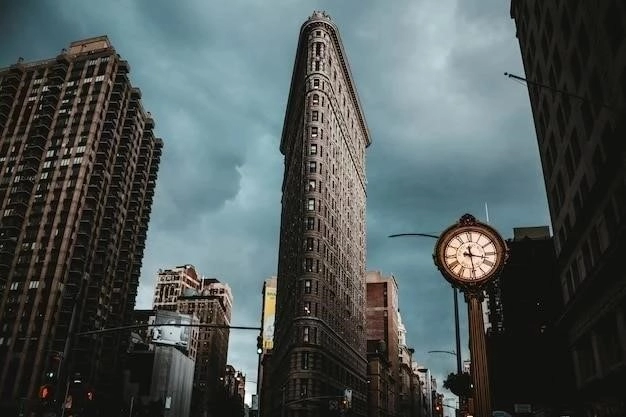Times Square, a vibrant hub of entertainment, commerce, and culture, stands as a global icon synonymous with New York City. Its dazzling lights, towering billboards, and bustling crowds have captivated visitors for over a century. This article delves into the rich history, evolution, and enduring allure of Times Square.
Early History and Transformation
Before its iconic status, Times Square was known as Longacre Square, a name derived from Londons carriage-making district. In the late 19th century, the area was primarily a hub for horse trading and manufacturing. However, the landscape began to shift with the arrival of theaters and entertainment venues.
The pivotal moment in Times Squares history arrived in 1904 when Adolph S. Ochs, publisher of The New York Times, relocated the newspapers headquarters to a newly constructed tower on 42nd Street. To commemorate this move, Longacre Square was renamed Times Square. This marked the beginning of the areas transformation into a media and entertainment center.

The Rise of a Global Icon
The early 20th century witnessed Times Squares meteoric rise to prominence. The introduction of electric signage٫ particularly neon lights in the 1920s٫ illuminated the night sky with a dazzling spectacle. The area became a magnet for advertisers٫ eager to showcase their brands on a grand scale. Iconic signs٫ such as the Camel cigarettes billboard with its smoke rings٫ became synonymous with Times Squares visual identity.
Beyond advertising, Times Square solidified its status as the heart of American theater. Broadway theaters flourished, drawing audiences from far and wide. The area pulsated with energy, attracting artists, performers, and dreamers seeking to make their mark.

Challenges and Renewal
Following World War II, Times Square experienced a period of decline. The rise of suburbs and television led to a decrease in theater attendance. As a result, the area grappled with crime, urban decay, and a seedier reputation.
However, the late 20th century ushered in a period of revitalization. Mayor Rudolph Giuliani spearheaded efforts to clean up Times Square, increasing security and attracting family-friendly businesses. The area underwent a dramatic transformation, with theaters restored, new hotels and restaurants established, and pedestrian plazas created.

Times Square Today
Today, Times Square stands as a testament to urban renewal and the enduring power of spectacle. It remains a global tourist destination, attracting millions of visitors annually. The dazzling lights and digital billboards continue to captivate, while Broadway shows offer unparalleled theatrical experiences. The area is also home to major corporations, media outlets, and flagship retail stores.
Conclusion
From its humble beginnings as Longacre Square to its iconic status as the “Crossroads of the World,” Times Squares journey reflects the ever-evolving spirit of New York City. Its ability to reinvent itself, overcome challenges, and maintain its position as a global symbol of entertainment and commerce is a testament to its enduring allure.

Times Square: A Deeper Look at the Crossroads of the World
While Times Squares bright lights and bustling atmosphere are its most recognizable features, a more profound understanding emerges when examining the complexities underpinning its existence. This section explores the multifaceted nature of Times Square, delving into its socio-economic significance, urban planning intricacies, and the ongoing debates surrounding its evolution.
Economic Powerhouse and Urban Development Catalyst
Times Squares significance transcends its role as a tourist destination; it functions as a vital economic engine for New York City. The area generates billions of dollars annually through tourism, advertising, and retail. Its high concentration of businesses supports a vast network of jobs, contributing significantly to the citys tax base. Furthermore, Times Squares revitalization has had a ripple effect on surrounding neighborhoods, spurring urban renewal and economic development in areas that were once blighted.
Navigating the Challenges of Public Space
The management of Times Square presents a unique set of challenges. As a public space with high pedestrian traffic and commercial interests, striking a balance between maintaining public safety, ensuring accessibility, and fostering a vibrant atmosphere is paramount. The Times Square Alliance, a coalition of businesses and stakeholders, plays a crucial role in addressing these issues. Their initiatives include pedestrian safety campaigns, sanitation efforts, and public art installations, all aimed at enhancing the visitor experience.
Debates and the Future of Times Square
Despite its successes, Times Square remains a subject of ongoing debate. Critics argue that its commercialization has led to a homogenization of its character, pushing out local businesses and contributing to a sense of sensory overload. Conversely, proponents highlight the areas role in fostering economic growth, providing entertainment options, and showcasing the citys vibrant spirit.
Looking ahead, Times Square faces the challenge of adapting to evolving urban trends. Sustainability initiatives, technological advancements, and changing consumer behaviors necessitate a dynamic approach to urban planning and development. The future of Times Square hinges on its ability to balance its iconic status with the need for innovation, inclusivity, and a sustainable future.










